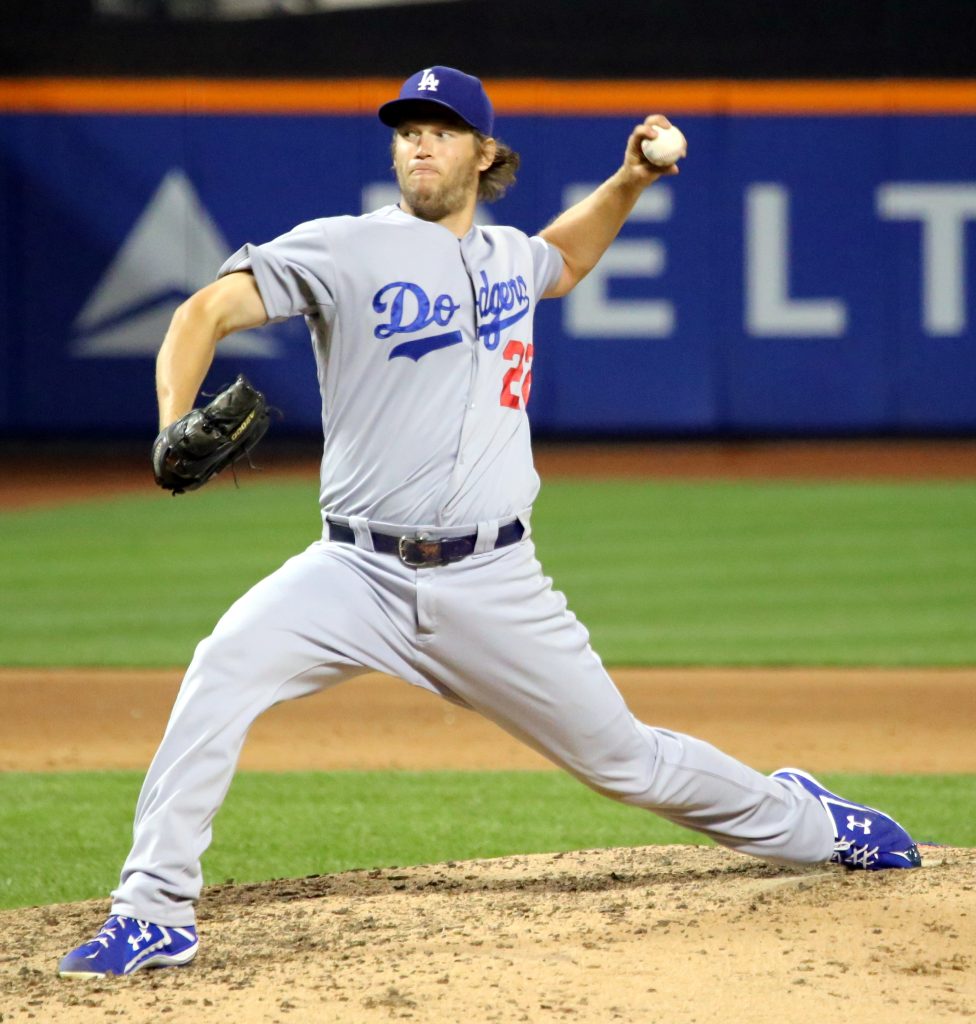In the realm of MLB prop bets, understanding the factors influencing pitcher performance is paramount. When predicting the number of strikeouts a pitcher is likely to achieve, two primary factors are often considered – the opposing team’s lineup and the pitcher’s recent form. Both these variables play a significant role in shaping the outcome. However, the question stands: which holds more sway in forecasting pitcher strikeouts? Let’s dive deeper into these components.
Firstly, let’s delve into the importance of the opposing team’s lineup. The lineup can provide a wealth of information, as it discloses the hitters that the pitcher will face in a game. A lineup comprising heavy hitters or batters known for their contact skills may pose a challenge for even the best pitchers. This is because such players have the ability to avoid strikeouts, either by consistently making contact or by demonstrating patience at the plate. Therefore, a formidable lineup can reduce the likelihood of a high strikeout total for the pitcher.
Additionally, lineup characteristics like strikeout rates, batting averages, on-base percentages, and more, give bettors an idea of the team’s overall offensive strengths and weaknesses. Savvy MLB prop bettors often utilize these statistics to gauge a pitcher’s potential success against a specific lineup. This data can be particularly relevant in situations where a pitcher struggles against left-handed hitters, and the opposing lineup is heavily left-handed, for instance.

On the other hand, a pitcher’s recent form is another strong predictor of potential strikeouts. The “hot hand” theory, widely discussed in sports betting circles, asserts that a player’s recent performances can predict future success. This suggests that a pitcher who has been striking out many batters in recent games is more likely to continue doing so. The theory considers momentum and confidence as significant factors contributing to a player’s ongoing form.
Factors such as a pitcher’s velocity, spin rate, and movement on their pitches, alongside more traditional stats like earned run average (ERA), walks plus hits per inning pitched (WHIP), and strikeout-to-walk ratio, all help to illustrate a pitcher’s current form. Moreover, the health of a pitcher, evident in their recent innings pitched, can also be a useful predictor. If a pitcher is well-rested and healthy, they are often more likely to rack up a higher number of strikeouts.
When it comes to MLB prop bets, recognizing the interaction between these two factors is critical. A pitcher in excellent form may still struggle against a particularly robust lineup, and similarly, an average pitcher might shine against a weaker lineup.
Despite both factors being instrumental in predicting strikeouts, recent form slightly edges out opposing lineup in terms of importance. The reasoning is that while a lineup’s statistics offer insight into potential performance, they do not account for variability on the day of the game. Meanwhile, a pitcher’s recent form reflects their current ability and physical condition, which are more directly under their control.
Recent form, therefore, serves as a more reliable barometer of a pitcher’s strikeout potential in any given game. However, the most successful MLB prop bets are often those that balance both elements, utilizing a comprehensive understanding of the opposing lineup and the pitcher’s recent form.
In conclusion, while the debate of opposing lineup versus recent pitcher form is complex, recent form seems to have a slight edge. Still, the most successful MLB prop bets will invariably be those that incorporate a thorough analysis of both these critical factors. Each new game in the baseball season presents a unique blend of variables, and the more bettors understand these nuances, the more equipped they will be to make successful MLB prop bets.




